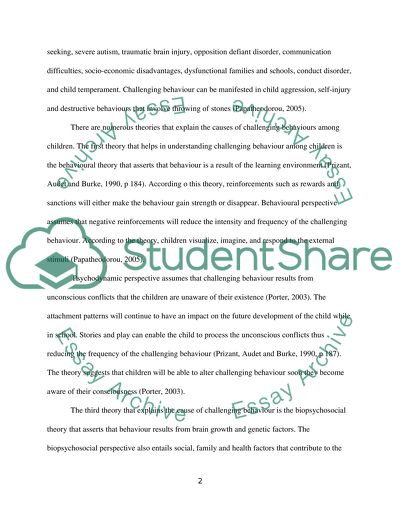Cite this document
(“Challenging behaviour Essay Example | Topics and Well Written Essays - 1500 words”, n.d.)
Challenging behaviour Essay Example | Topics and Well Written Essays - 1500 words. Retrieved from https://studentshare.org/social-science/1474540-analyse-and-critically-evaluate-some-current
Challenging behaviour Essay Example | Topics and Well Written Essays - 1500 words. Retrieved from https://studentshare.org/social-science/1474540-analyse-and-critically-evaluate-some-current
(Challenging Behaviour Essay Example | Topics and Well Written Essays - 1500 Words)
Challenging Behaviour Essay Example | Topics and Well Written Essays - 1500 Words. https://studentshare.org/social-science/1474540-analyse-and-critically-evaluate-some-current.
Challenging Behaviour Essay Example | Topics and Well Written Essays - 1500 Words. https://studentshare.org/social-science/1474540-analyse-and-critically-evaluate-some-current.
“Challenging Behaviour Essay Example | Topics and Well Written Essays - 1500 Words”, n.d. https://studentshare.org/social-science/1474540-analyse-and-critically-evaluate-some-current.


